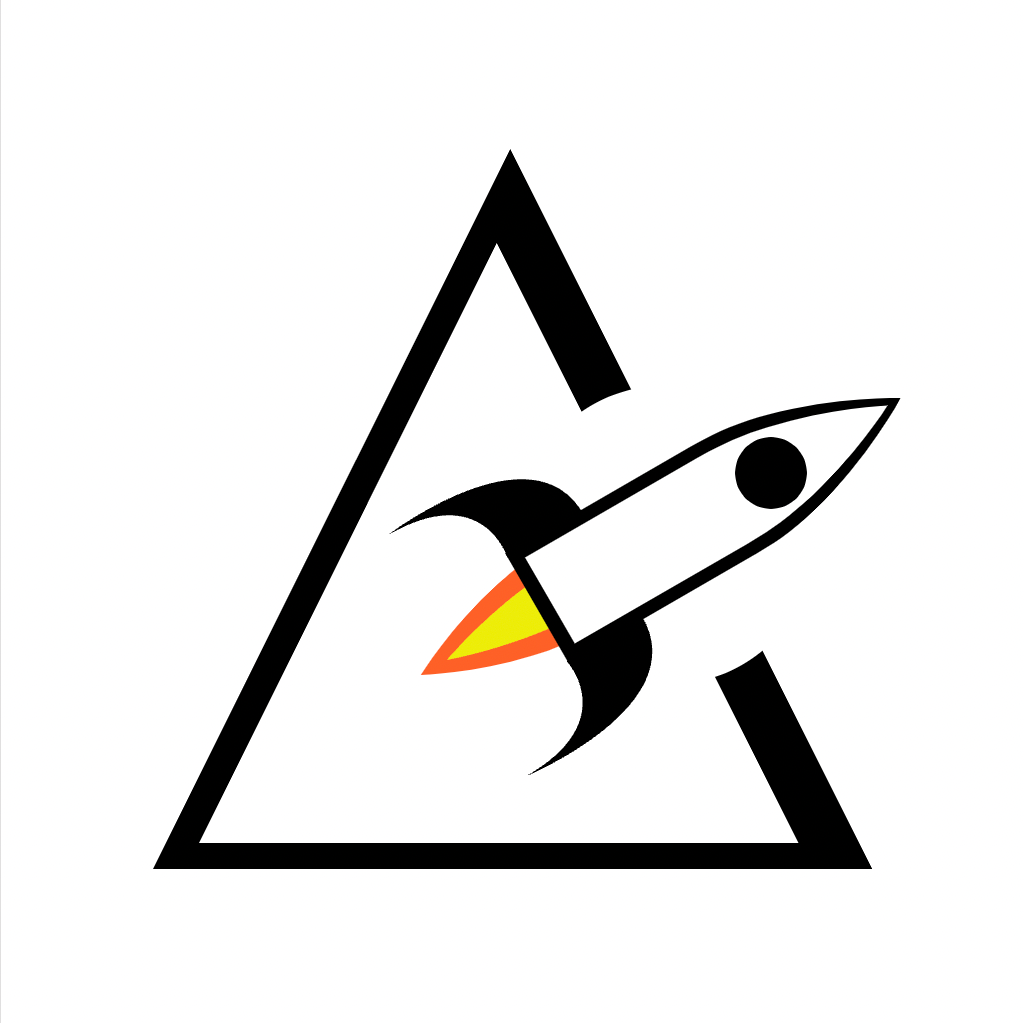Math In Coffee

The thing kids always ask in movies and in real life, "How are we going to use math in real life?" Well, here's 6 practical ways math is used in something so simple as just making a cup of coffee.
1. Measuring Coffee and Water Ratios
One of the most important aspects of brewing coffee is the coffee-to-water ratio. A common standard is the Golden Ratio of 1:16, meaning 1 gram of coffee is used for every 16 grams (or milliliters) of water. If you want to make a 12-ounce (355 ml) cup of coffee, you need to calculate:
Precision in this measurement ensures the correct strength and flavor balance.
2. Timing the Brew
The extraction time for coffee affects its flavor. Different brewing methods require different times:
- Espresso: 25-30 seconds
- Drip Coffee: 4-5 minutes
- French Press: 4 minutes
Using a timer or understanding proportions helps control extraction time for an ideal taste.
3. Temperature Control
Water temperature is crucial in coffee extraction. The optimal range is 195–205°F (90–96°C). If the temperature is too low, under-extraction occurs, leading to weak coffee. Too high, and over-extraction results in bitterness. Digital thermometers or coffee makers with precision heating elements rely on accurate temperature readings to ensure consistency.
4. Grinding Consistency
Grind size affects the surface area of coffee exposed to water, influencing extraction. Coffee grinders use numerical settings (e.g., 1 for fine, 10 for coarse) to control particle size. The ideal grind size varies by method:
- Espresso: Fine grind (~0.3 mm)
- Drip Coffee: Medium grind (~0.8 mm)
- French Press: Coarse grind (~1.2 mm)
5. Volume and Dilution Calculations
If a coffee is too strong, it can be diluted with hot water using simple dilution formulas. For example, if a brewed espresso shot is 30 ml at double strength, adding 30 ml of water creates an Americano at the proper strength, maintaining a 1:1 ratio.
6. Cost Analysis
Coffee shops and home brewers alike use math to calculate cost per cup. If a 1-pound (454-gram) bag of coffee costs $15 and each cup uses 22 grams of coffee, then the cost per cup is:
Conclusion
Math is an essential part of making coffee, ensuring precision in measurements, timing, and cost calculations. So yes, math is useful outside of the classroom!
